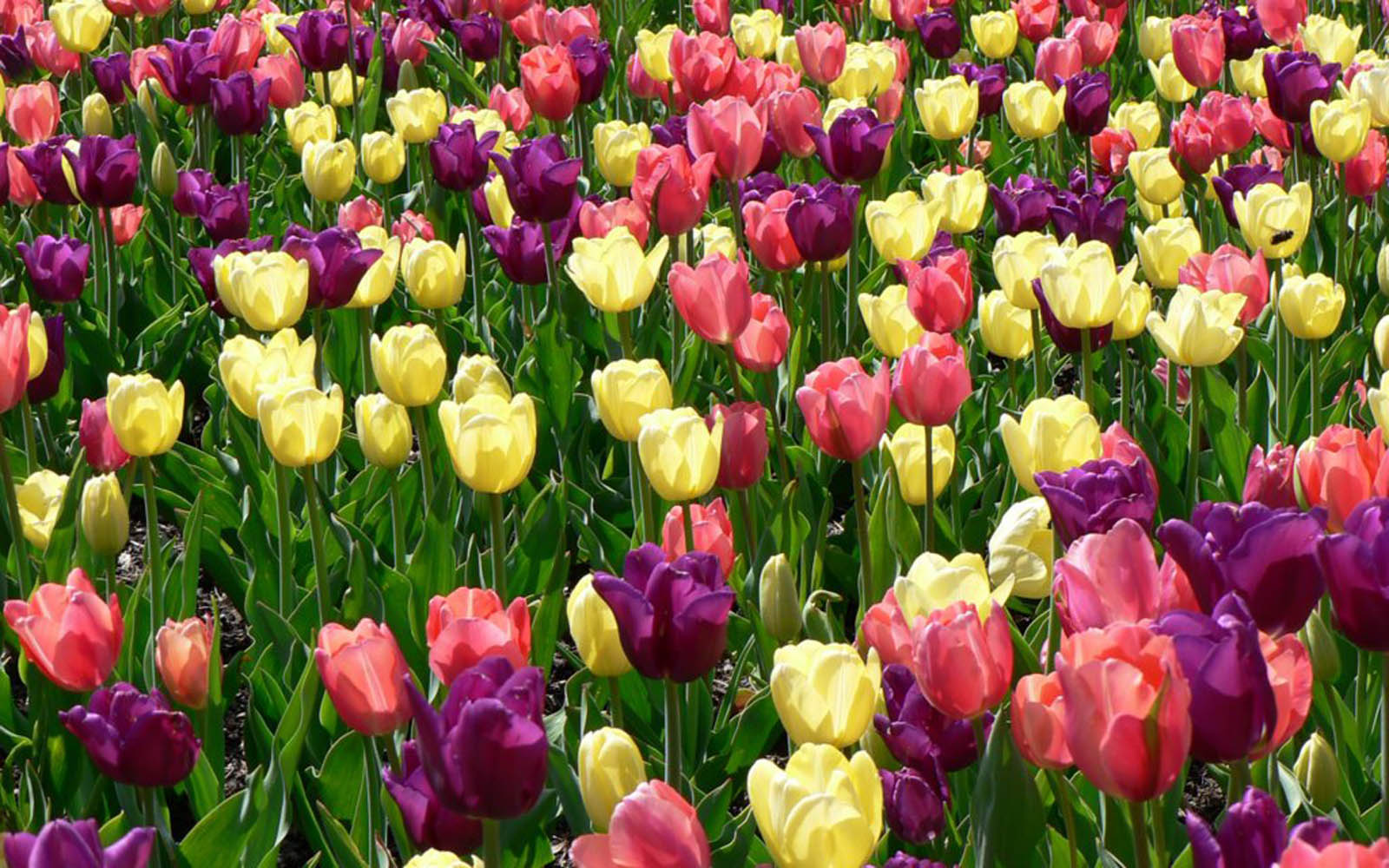Tomorrow is the first day of spring. With warmer temperatures, blooming foliage and a sense of renewal, spring has long been a rich source of poetic inspiration. Here are three songs by Franz Schubert (1797-1828) which feature spring:
Frühlingsglaube (Faith in Spring)
The poem is by Johann Ludwig Uhland (1787-1862). Here is baritone Dietrich Fischer-Dieskau accompanied by Gerald Moore:
https://itunes.apple.com/us/album/schubert-lieder-vol.-2/id693438924″]Find on iTunes http://www.amazon.com/Frühlingsglaube-D-686b/dp/B000VHQF3S”]Find on Amazon
When I listen to Schubert’s songs, I always have the sense that every note is perfect. Great expression grows out of simplicity. But Schubert also loves to throw in a surprising and memorable chord when we least expect it (listen to the harmonic tension around 0:11). Notice how the music relates to the text at 0:57: “Now poor heart, be not afraid!” With one chord Schubert is able to cast a momentary shadow, transporting us from the pure, innocent world of nature to the world of man.
Im Fruhling (In Spring)
This song’s text is by Ernst Konrad Friedrich Schulze (1789-1817). Here is an English translation. This recording features tenor Ian Bostridge:
https://itunes.apple.com/us/album/schubert-lieder/id696885876″]Find on iTunes http://www.amazon.com/dp/B000TDETMS/?tag=you09f-20″]Find on Amazon
For me, one of the most interesting aspects of this melody is the way it wants to pull away from the home key of G major. The first move away (from G to C) is subtle and short-lived (0:24). Then we get a full modulation from G to A at 0:33.
These sudden key changes are fun because they play on the elements of expectation and surprise. Equally thrilling is the way Schubert suddenly and skillfully slides back into the correct key. Throughout Schubert’s music, the relationship between keys is an important dramatic element.
The poem suggests that the beautiful scenery of spring, in this case linked to romantic love, is fragile and elusive. Holding onto a moment in time is as impossible as capturing “Spring’s first sunbeam:”
Quietly I sit on the hill’s slope.
The sky is so clear;
a breeze plays in the green valley
where I was at Spring’s first sunbeam
once – ah, I was so happy;
For the fifth stanza (2:40) the music slips into a stormy G minor as the text turns darker:
The only things that change are will and illusion:
Joys and quarrels alternate,
the happiness of love flies past
and only the love remains –
The love and, ah, the sorrow.
Am Bach im Frühling (By the Brook in Springtime)
Here is mezzo-soprano Christa Ludwig and pianist Irwin Gage. The poem by Franz Adolf Friedrich von Schober (1796-1882) offers a melancholy view of spring. Can you hear the flowing brook in the piano accompaniment?
https://itunes.apple.com/gb/album/schubert-lieder/id159654335″]Find on iTunes http://www.amazon.co.uk/Franz-Schubert-Bach-Frühling-361/dp/B003TUKS3C”]Find on Amazon


Ah, spring… so beautiful!
Now listen to this. No Schubert, but a song from Frühlingsreise composed and sung by Robert Holl, one of the greatest Schubert interpreters of our time. http://www.robertholl.at/media/horprobe/09_17_februar.htm